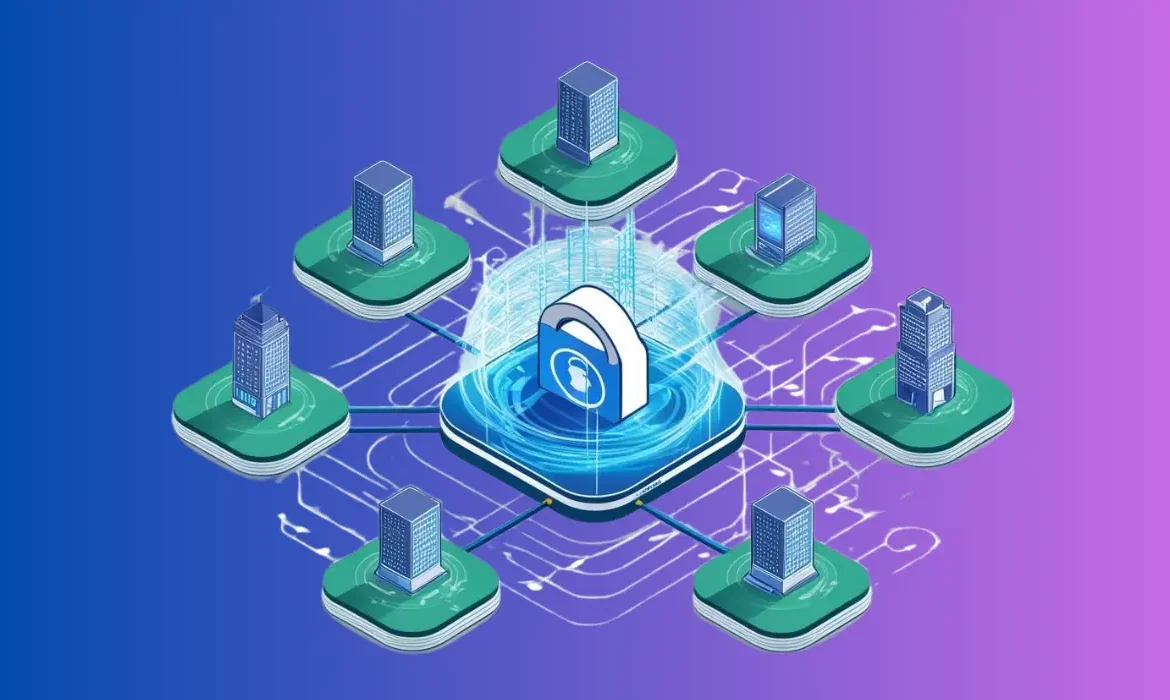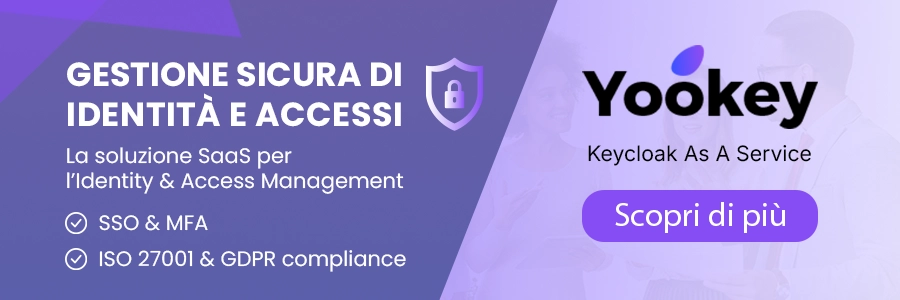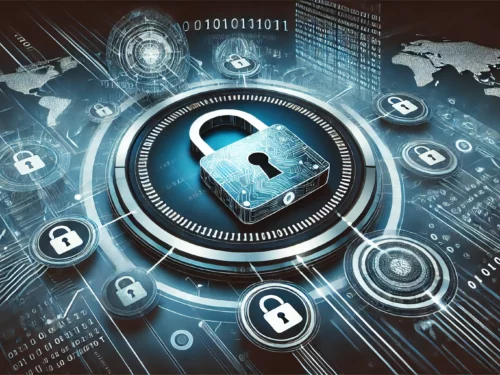E-time | the software company
Digital Security in Public Administration: IAM systems for effective access control
Identity and Access Management (IAM) represents a fundamental element of cybersecurity for public administration, where the protection of sensitive data and effective access management play a crucial role.
In this context, within public administration, IAM enables:
- Managing the digital identities of employees and citizens, ensuring that only authorized users can access certain resources.
- Ensuring compliance with data protection regulations, such as the NIS2 Directive or GDPR, through strict access controls.
- Improving operational efficiency by optimizing user provisioning and deprovisioning processes.
Thanks to the automation of identity management, IAM solutions can enhance regulatory compliance, reduce the risks of unauthorized access, and optimize operational processes.
Which sectors can benefit the most from IAM systems
The adoption of Identity and Access Management (IAM) systems can potentially offer significant benefits across various sectors, particularly those that manage critical data and infrastructures.
Some of the sectors that most benefit from these solutions include:
- Public Health
- Protection of healthcare data (electronic medical records, electronic health records).
- Access control for doctors, nurses, and patients in hospital and telemedicine systems.
- Finance and the Revenue Agency
- Managing access to citizens’ and businesses’ tax data.
- Protection of electronic payment systems and government transactions.
- Secure authentication for financial operators and taxpayers via SPID, CIE, and CNS
- Justice and Law Enforcement
- Strict control of access to database.
- Protection of confidential information in courts and law enforcement agencies.
- Secure authentication for all users.
Not only these, but many other sectors also benefit from IAM services, which leverage advanced and more secure methods of authentication and user identification.
Public Administration and NIS2: How IAM Ensures Security and Compliance
One of the main challenges of IAM systems is ensuring services fully comply with evolving regulations in the field of cybersecurity. In this context, IAM systems play a crucial role in enabling public entities to fully adhere to regulations such as the NIS2 Directive.
This support for regulatory compliance is realized through a series of initiatives aimed at ensuring full compliance, including:
- Strong Authentication and Zero Trust Security:
NIS2 requires the adoption of robust authentication measures, such as multi-factor authentication (MFA). In response to this need, IAM systems promote the implementation of the Zero Trust model, which involves continuous verification before every access, ensuring perimeter security and accurate identity management. - Continuous Monitoring and Auditing:
NIS2 compliance requires the management of detailed access logs and the ability to monitor suspicious activities. IAM systems address this need by adopting advanced tools for activity logging and tracking, ensuring continuous surveillance and proactive security management. - Centralized Identity and Access Management:
IAM systems enable centralized control of users, reducing the risk of unauthorized access, and ensuring that public entities comply with NIS requirements, which impose strict access management measures.
Secure Access in Public Administration: Yookey with SPID and CIE Authentication
The NIS2 Directive (Network and Information Security Directive 2) imposes stricter cybersecurity requirements for critical infrastructures and essential services, including the management of digital identities and authentication systems.
Authentication via SPID (Public Digital Identity System) and CIE (Electronic Identity Card) is part of the strategies to meet these requirements, as it ensures strong authentication, thereby reducing the risk of unauthorized access.
Yookey ID, the Keycloak service in SaaS mode, is already configured for authentication through SPID and the Electronic Identity Card, making it easy to implement SPID and CIE authentication on any web service, thus ensuring a quick and secure process.









